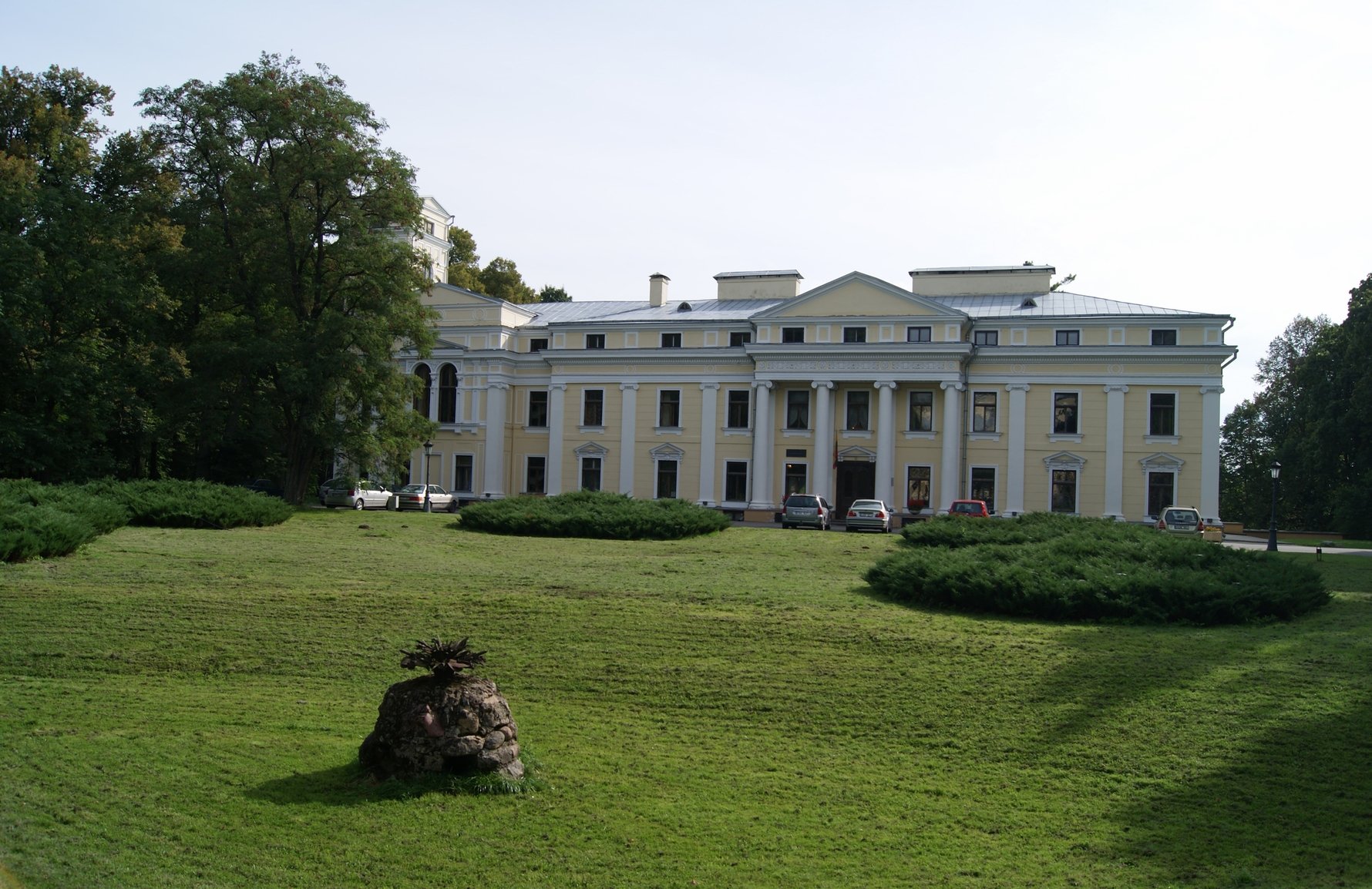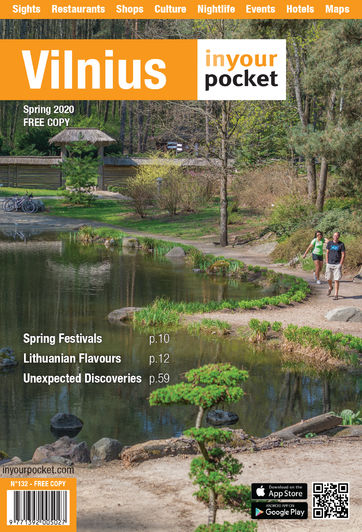Less than 10km north of the city centre, the landscape is of steep, thickly forested hillsides above the winding River Neris. On a hilltop overlooking the valley stand two surviving parts of a palace designed in three separate sections by the celebrated architect Laurynas Gucevičius towards the end of the 18th century, as a summer retreat for the Bishop of Vilnius.

Some 400 years previously, on his conversion to Christianity, Grand Duke Jogaila had granted the site to the new diocese of Vilnius. Presumably the idea was to stamp out the fact that the area was closely bonded with paganism.
At the furthest edge of the hilltop, a sacred eternal fire was kept aflame by a pagan priest and alluring local virgins. Today a stone fireplace marks the spot. The legend continues that, perhaps inevitably, the pagan priest fell in love with one of the virgins. She became pregnant and gave birth to a son.
One day, the grand duke visited with his entourage. Fearful that their sacrilegious affair would be discovered, the couple quickly wrapped the baby and hid him in a cradle at the top of a tree. The baby soon started crying and the grand duke ordered the bundle down. The priest was asked for an explanation.
The priest claimed that the boy had been a miraculous gift from the gods, an heir to take over as a future pagan priest. The grand duke approved and the boy was named Lizdeika, from the word lizdas, or ‘nest’. He did indeed grow up to become a priest – it was he who gave the interpretation of Grand Duke Gediminas’ dream about a howling iron wolf, which led to the founding of Vilnius.
This tale could also explain the similarity between the name Verkiai and the word verkti, ‘to cry’.
Sadly, Verkiai Palace was left a smouldering wreck by Napoleon’s soldiers in 1812, just a couple of decades after it was built, compelling the new owners, the Wittgenstein family, to pull down the central section.
The local Institute of Botany inhabits one of the surviving wings, but appointments can be made to have a poke around inside, together with a guide. Intriguingly, some of the decoration from the time of the Wittgensteins is still visible including scratched wallpaper, woodwork and ceilings.
As with all old palaces and castles, there are stories of ghosts and haunted rooms. One of them concerns the daughter of an owner of the palace. Distraught at being forbidden to marry the man she loved, she hung herself from a chandelier in one of the smaller rooms. Her lonely spirit is said to wander the corridors. Something untraceable passes through locked rooms, makes strange noises like steps and sliding furniture, and opens and closes doors, scaring people who work there, especially at night.
Some of the rooms have been used as a hotel, and the ghostly goings on intensified after 2001, when a young woman mysteriously shot herself from a legally stored hunting rifle. The death was never properly explained and people say that her restless ghost is doomed to forever wander the building.
Not far from the palace buildings is a viewpoint across the luscious valley. By the stone fireplace are steps leading down to a watermill built in the 19th century. The mill stopped working in 1975 but now houses a fairly decent restaurant. A path alongside a stream leads back up the hill to the palace gates. At the rear of the palace is another restaurant, which functions as an atmospheric location for private events.
Whatever you choose to do at Verkiai, and whatever the season, it’s bound to be a memorable few hours. Just don’t go after dark.





Comments